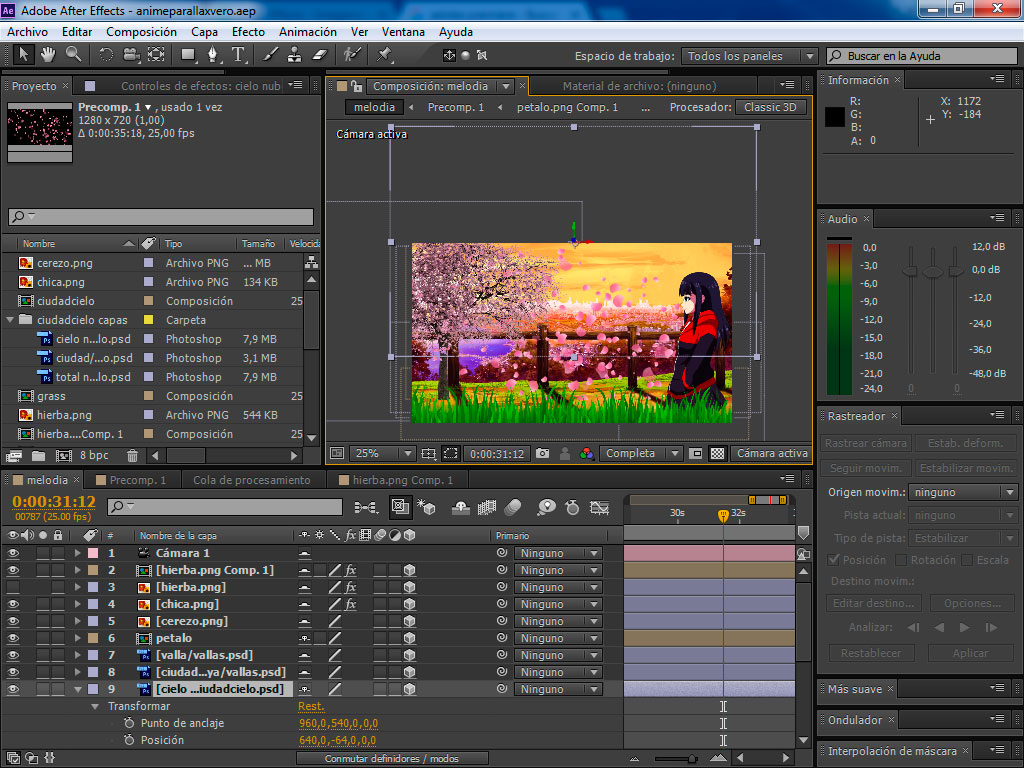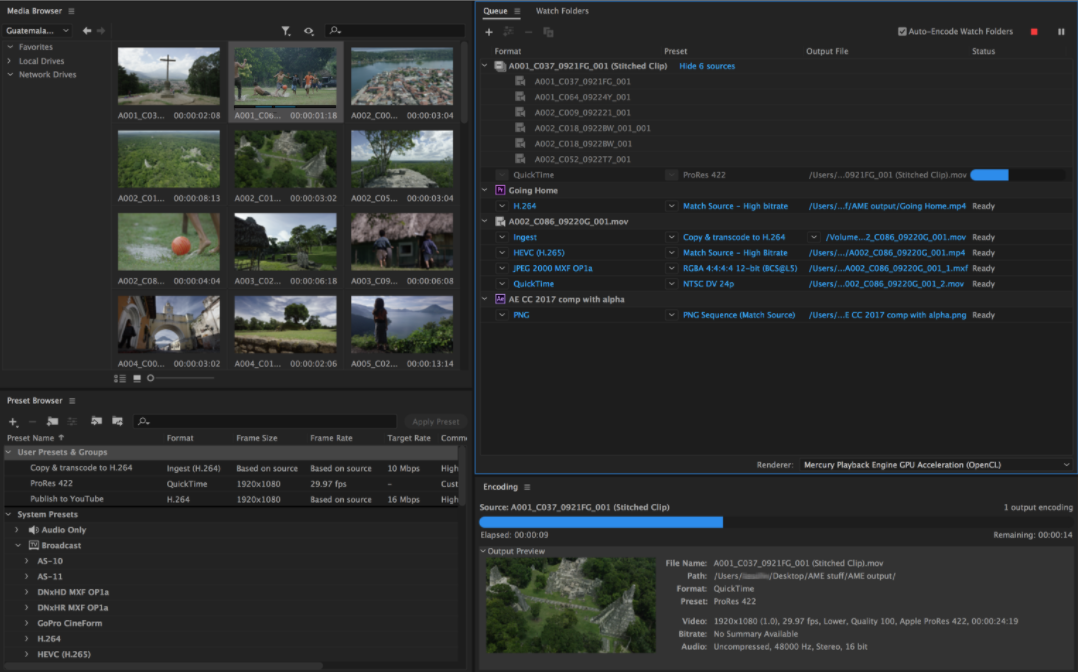

The True Peak Limiter ensures that the signal itself never surpasses 0 dB. In the screenshot above, the samples are both just below 0dB, but the signal surpasses this and would clip. While standard limiters might just validate that each sample value itself is below 0 dB, samples are just positions on a waveform and it’s possible for the pressure curve between 2 legal samples to extend into the illegal region. The True Peak Limiter prevents the signal between two samples from surpassing the 0 dB level (indicated here by the dashed red line). In this example, I’ve enabled the report and am storing it to the Desktop. Then, click the Browse button to give it a location so you can find it later. If you want to create a Loudness Report that documents the changes made to your file, check Write Loudness Report. I prefer a longer Release Time, to minimize the background noise “pumping” that is often heard when limiting cuts in and out too quickly so I changed the Release Time setting to 200 ms. If you want to apply limiting to your peaks, check Configure True Peak Limiter. The ITC settings can be modified by the user, however my recommendation is to leave them alone unless you have been instructed to change them by someone who knows what they are doing. The settings for both the ATSC and EBU options are fixed. (Either of these options takes you to the same group of settings.)Įnable Loudness Normalization in the Effects tab by checking the Loudness Normalization checkbox. To enable normalization in an existing setting, select the Preset, then click the Preset Settings icon at the top of the Preset Browser panel.
#PARA QUE SIRVE ADOBE MEDIA ENCODER CC 2018 PLUS#
To create a new Preset, click the Plus icon at the top of the Preset Browser. While we can enable Loudness Normalization after a compression setting has been applied to a clip, we have more configuration options if we add or enable normalization to a preset before it is applied to a clip.


If your audio is going to the web, you don’t really need to care about this. If you can provide more background, please share it in the comments. NOTE: I don’t presume to be an audio engineer. So, allow me to share some additional information.

If you’ve read Adobe’s Help files on this feature, you were probably just as confused when you finished as when you started. One of the new features in Adobe Media Encoder CC is the ability to normalize loudness levels to meet broadcast audio requirements in the US and Europe.


 0 kommentar(er)
0 kommentar(er)
